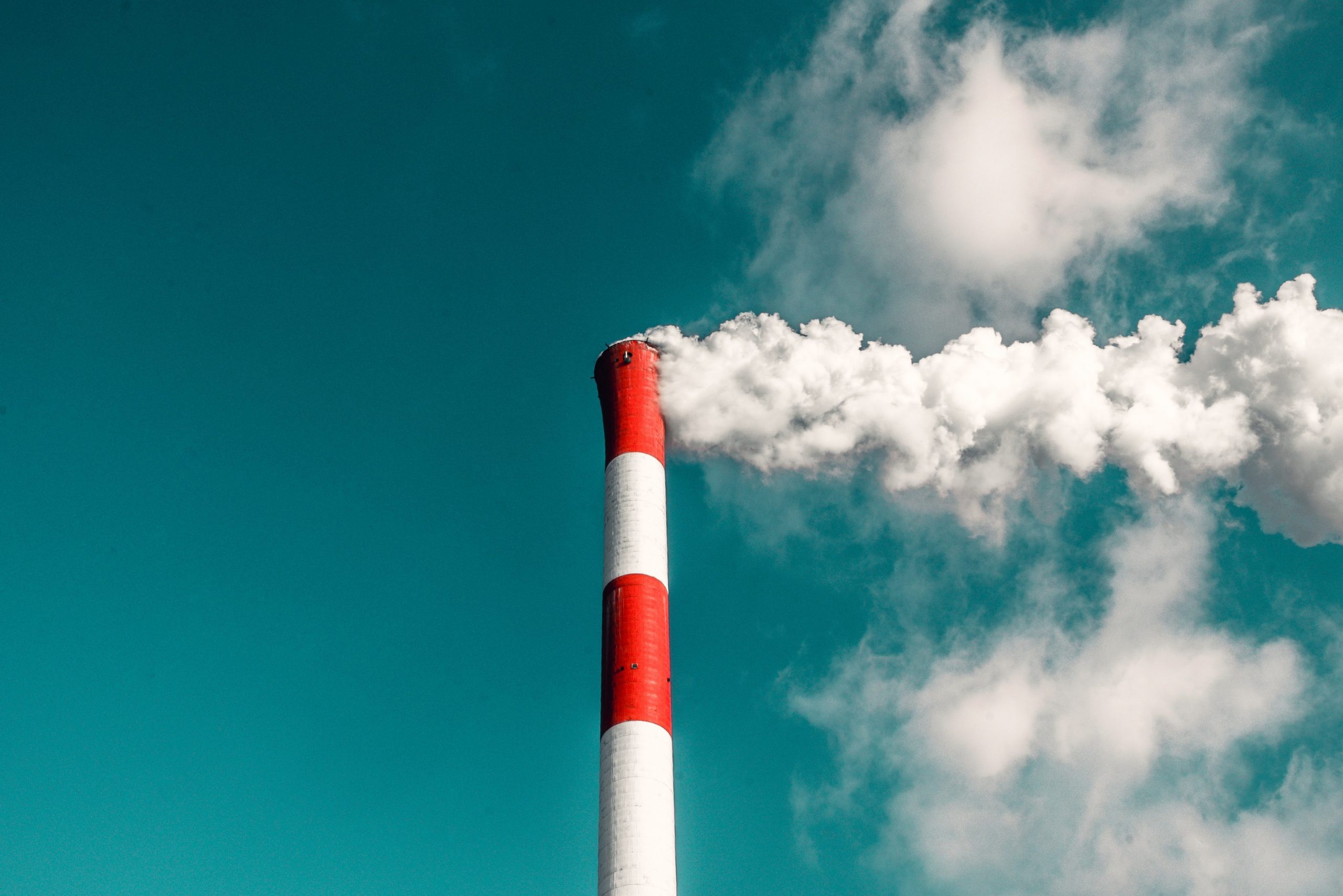The Arab Youth Climate Movement Qatar report found that Qatar produced 116.2 million tonnes of total greenhouse gas emissions in 2019.
A report by the Arab Youth Climate Movement Qatar highlighted pivotal changes in the Gulf state’s greenhouse gas emissions over the span of 21 years.
The Qatar’s National Emissions Inventory document, which looks at statistics from 1998 to 2019, noted Qatar’s total greenhouse gas emissions were recorded to be 116.2 million tonnes (Mt) of carbon dioxide equivalent (CO2-e) in 2019.
2019’s emissions point to a significant drop in total emissions, having decreased by 4.71 Mt CO2-e, or 3.9%, from peak emissions of 120.91 Mt recorded in the year 2016.
But emissions from Qatar’s energy sector have only been increasing over the decades. The energy sector was the largest culprit of greenhouse gas emissions in 2019, making up
98%, 114.3 Mt CO2-e out of 116.2 Mt, of total net emissions.
Energy emissions massively increased by 433% between 1998 and 2019, but between 2019 and peak emissions in 2016, this decreased by 4.3%.
Meanwhile, the natural gas sector was the main contributor to total net emissions, being responsible for 42.7% of total net emissions. The subsector’s total emissions decreased by 13% from its peak in 2013, and then by 3.1% between the years 2018 and 2019.
This is due to Qatar’s efforts to solidify its position as the world’s largest natural gas producer.
The Gulf state’s leading energy firm, QatarEnergy, has been gearing up to expand its gas production capacity with a $28.75bn North Field East Project (NFE), the largest liquified natural gas project in the world.
“Qatar’s GHG emissions will increase in the next few years because of the increase in LNG production,” said Dr. Sayeed Mohammed, Director of Policy and Strategy at the Arab Youth Climate Movement Qatar.
“LNG production is emission-intensive; although, Qatar Petroleum has announced that it will deploy one of the efficient LNG trains along with carbon capture and storage. Despite all these measures, the LNG sector will continue to remain the dominant emitter in the country,” Dr. Mohammed added.
Emissions from the manufacturing sector made up 21.7% of total net emissions. Between the years 1998 and 2019, emissions increased by 289%.
Read also: Qatar ‘wise’ to disengage from OPEC to focus on LNG: analyst
The domestic power sector contributed to 16% of total net emissions, and increased by 412% between the same period.
Out of all sectors, transport emissions increased the most between 1998
and 2019. With a total of 428% spike, this contributed to 6.6% of total net emissions that year.
Crude oil production and refinery emissions contributed to nearly 5.7%, 6.59 Mt
CO2-e, of net emissions. During the study period conducted for the report, these emissions increased by 80%, which was among the lowest recorded emissions growths in all sectors.
Construction sector emissions contributed to 5.5 Mt CO2-e, or 4.8% of net emissions. It increased by 498% between 1998 and 2019, and in the last two years, declined by 16%.
The three sectors that contributed the lowest to total net emissions were agriculture, waste, and land use, land-use change, and forestry (LULUCF). Thye contributed to 0.85%, 0.77% and -2% respectively.
The waste sector increased by 292% in the last decade.
The mid-2010s saw a gradual decline, followed by a spike due to the increase in landfill waste. Qatar’s landfills have been filling rapidly over the past few years, raising concerns among experts.
“Qatar is often accused of higher per capita emissions, and there was no serious attempt to respond to this accusation,” added Mohammed.
“We estimated emissions between 1998 and 2019 and used a consumption-based approach, which fits well with small, energy-exporting nations. Based on this new approach, we found Qatar’s per capita emissions was 16 tonnes compared to 41 tonnes based on production-based or conventional approach.”







